The doctor Samuel Hahnemann founded homeopathy more than 200 years ago and thus also laid the foundation for it homeopathic remedies. Ingredients for homeopathic remedies and their mode of action are derived from the simile principle. This principle says that like is treated like. Active ingredients which, in concentrated form, trigger the symptoms that an organism is confronted with during a certain illness in healthy people, are considered to be curative for the symptoms mentioned in diluted or potentiated form. Homeopathic remedies with the active ingredient of kitchen onions are used, for example, against allergies, as watery eyes are a characteristic in both cases.
Medical & health application

Homeopathic remedies are intended to stimulate the body's self-healing powers.
Homeopathic remedies have not had a broad lobby in conventional medicine to this day, as the principle of effect cannot be explained with the scientific means available. In naturopathy, it is important to take a detailed medical history beforehand in order to use the right homeopathic remedy.The anamnesis serves to identify as holistic a picture as possible of the reasons, influences and circumstances for the disease in order to achieve the best healing approach with the right homeopathic remedy.
In particular, the homeopathic remedy is intended to stimulate the body's self-healing powers. If the symptoms are clearly defined, the therapist tries to find the right homeopathic remedy in the right potentiation. Homeopathic remedies can contain basic substances from plants, minerals, animals or pathological material in a diluted form. In principle, many clinical pictures can be treated with homeopathic remedies.
Especially chronic diseases such as skin eczema, allergies, migraines or rheumatic complaints, but also depression and thyroid problems are popular starting points for homeopathic remedies.
Forms, types & functionality
The exponentiation principle for homeopathic remedies is the second pillar of homeopathy. This means diluting a solution with alcohol in a ratio of 1: 100 or rubbing it with milk sugar in the same ratio, which results in the various C potencies for homeopathic remedies.
D potencies are diluted 1:10. If the so-called mother tincture of a homeopathic remedy is taken as the starting point and diluted with 10 or 100 parts of alcohol or lactose, respectively, the next D or C potentiation level results. This diluted solution is then diluted again with 10 or 100 parts and again results in the next potentiation level for the homeopathic remedy.
This principle can go so far that in principle there are no more detectable active ingredients in the homeopathic remedy. With a C5 potency, the dilution process was carried out 5 times in the ratio described. Contrary to the assumed mode of action, less active ingredient equals less effect, this is the opposite in homeopathy and higher potencies achieve higher degrees of effectiveness.
Risks & side effects
A well-known and quite desirable side effect homeopathic remedies is the first aggravation. This means that as soon as the homeopathic remedy is taken, the symptoms that are already present worsen.
This is often an indication for the therapist that the homeopathic remedy is working and that it has been correctly selected. In rare cases, homeopathic remedies can cause allergic reactions at low potencies, which contain a higher proportion of active ingredients. In cancer therapy in particular, emphasis should be placed on the balanced use of conventional medicine and naturopathy.
Naturopathy can wonderfully support cancer aftercare through the use of homeopathic remedies, but the sole use of naturopathy can have fatal consequences. Because of the low concentrations that are usually used, homeopathic remedies are largely free of side effects.

.jpg)






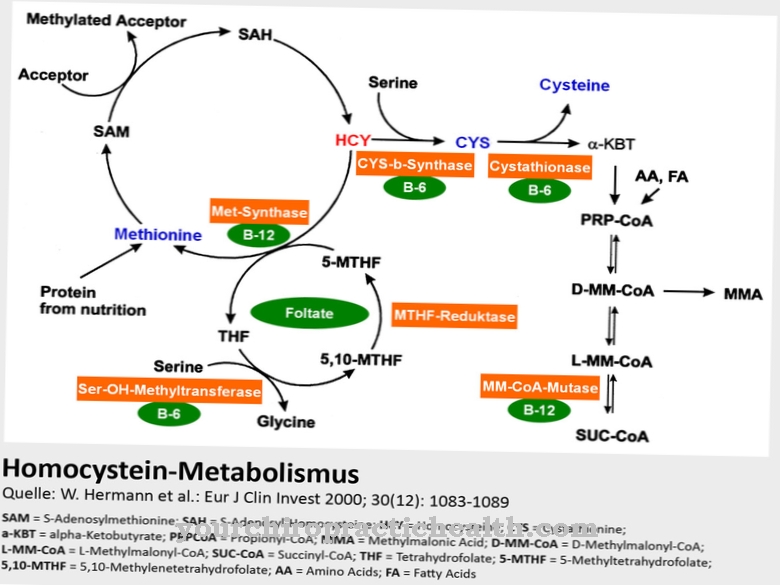

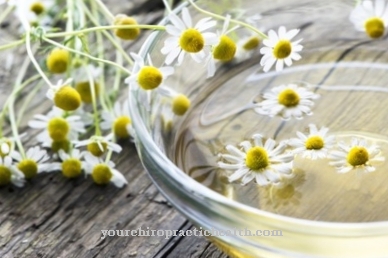

.jpg)






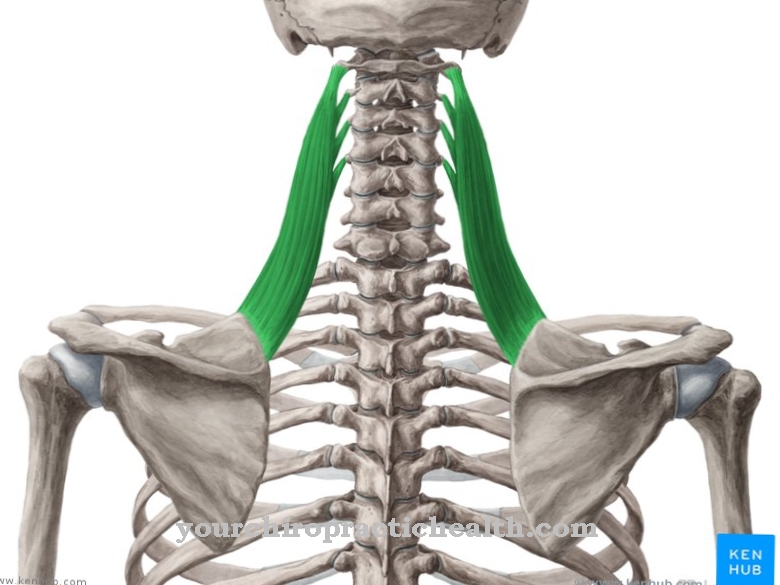


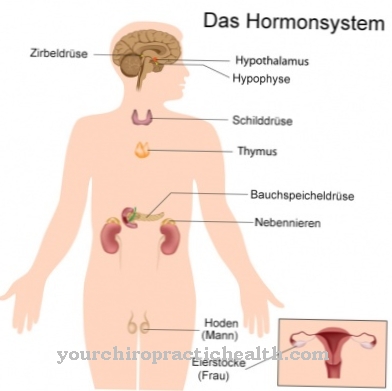
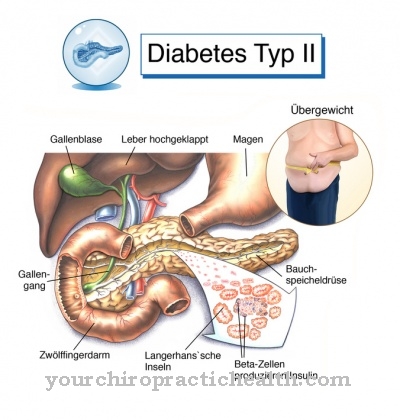

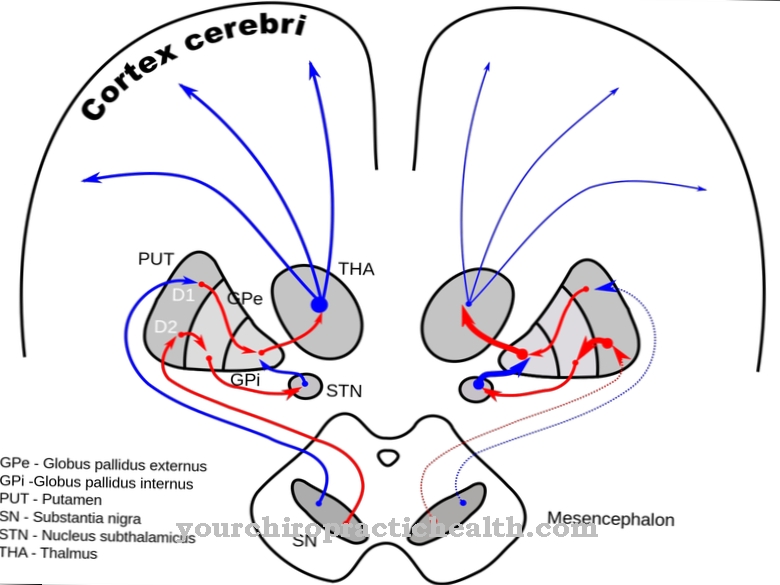
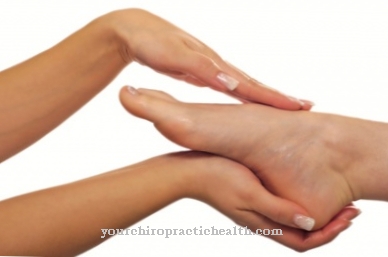

.jpg)